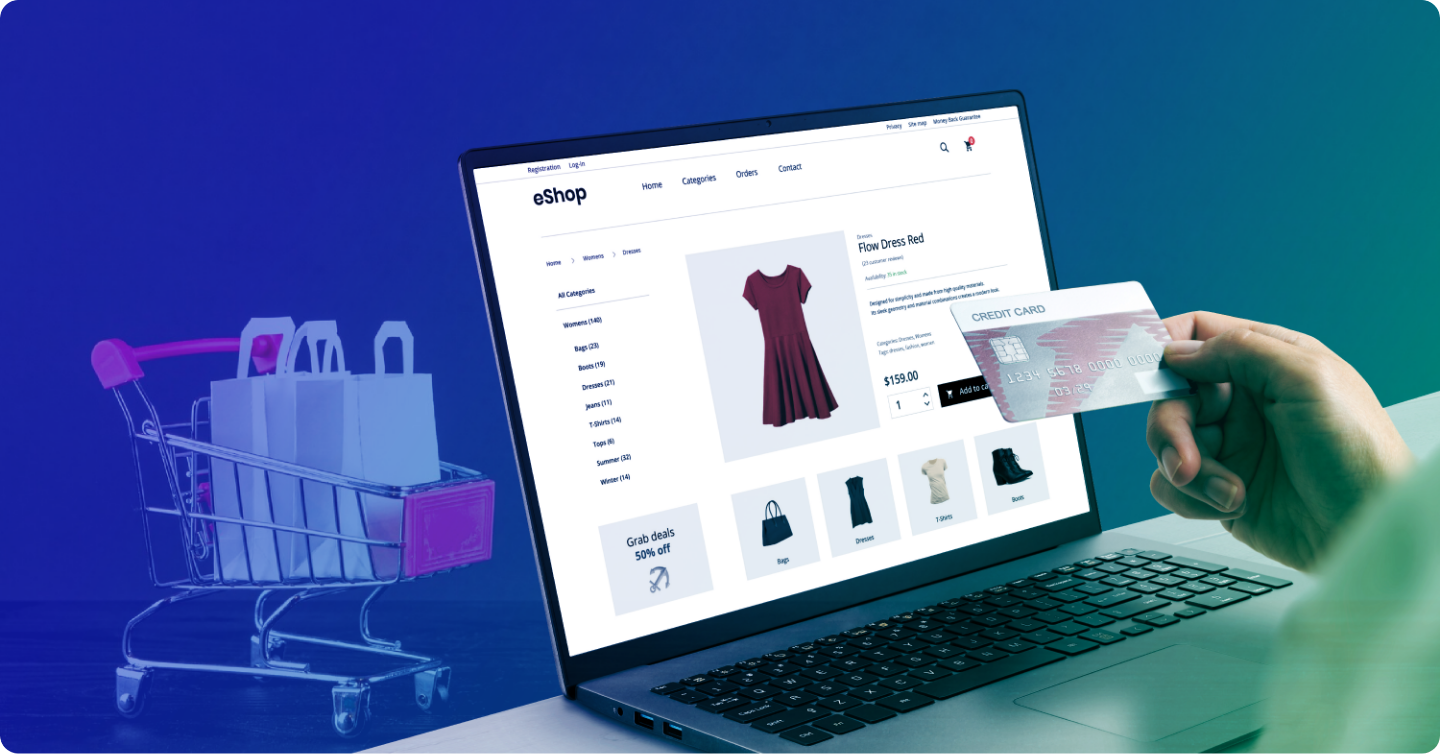Choosing the Right E-Commerce Platform: A Strategic Imperative for Digital Commerce
The selection of an e-commerce platform represents one of the most foundational decisions a modern enterprise will make, with strategic implications that reverberate far beyond the digital shopfront. This choice is not merely a technical procurement but a long-term commitment that dictates a company’s agility, scalability, and capacity for innovation in an increasingly competitive market. [1][2] A superficial comparison of monthly fees and feature checklists is insufficient; a truly strategic evaluation requires a deep analysis of total cost of ownership, architectural philosophy, and the richness of the platform’s ecosystem. These three pillars determine not just the initial launch but the entire lifecycle of a digital commerce operation, influencing everything from market responsiveness to long-term profitability. [3] Making the right choice is about future-proofing the business, ensuring the technological foundation can support, rather than constrain, its strategic ambitions. [4]
Deconstructing the Total Cost of Ownership (TCO): Beyond the Subscription Fee
A critical error in platform selection is focusing solely on the advertised subscription price while ignoring the comprehensive Total Cost of Ownership (TCO). [5] TCO provides a holistic financial forecast over the platform’s lifecycle, typically 3-5 years, encompassing all direct and indirect expenses. [5][6] For SaaS platforms like Shopify, initial costs may seem transparent, but TCO analysis reveals a more complex picture. [7] Costs escalate through transaction fees charged for using third-party payment gateways, which can be 0.5% to 2% per sale, and the cumulative expense of monthly subscriptions for essential apps that extend core functionality. [8][9] In contrast, open-source solutions like WooCommerce or Magento Open Source appear “free,” but their TCO is often significantly higher once development, hosting, and maintenance are factored in. [10][11] These platforms necessitate substantial investment in skilled developers for initial setup, customization, and ongoing security management, alongside recurring costs for robust hosting capable of handling traffic spikes. [8][11] A comprehensive TCO analysis must also include the “cost of innovation”—the expense associated with modifying the solution after implementation to stay competitive—which can grow exponentially on rigid platforms. [12] This deeper financial scrutiny allows businesses to avoid budgetary strains and accurately compare the long-term financial impact of different solutions, revealing that the cheapest initial option is rarely the most cost-effective over time. [3][5]
The Architectural Crossroads: Monolithic vs. Headless Commerce
The architectural design of a platform is a pivotal determinant of a brand’s ability to deliver unique and consistent customer experiences across multiple touchpoints. Traditional platforms, often described as monolithic, tightly couple the front-end presentation layer (the “head”) with the back-end commerce engine. [13][14] This all-in-one structure simplifies setup but inherently restricts flexibility; customizing the user experience often requires complex, risky changes to the underlying codebase. [15] In stark contrast, a headless commerce architecture decouples the front-end from the back-end, allowing them to operate independently while communicating via Application Programming Interfaces (APIs). [14][16] This approach grants businesses unprecedented freedom to design and deploy highly customized and content-rich front-end experiences for websites, mobile apps, voice assistants, and other emerging channels, all powered by a single, centralized back-end. [16][17] Global brands have leveraged this to great effect; for example, Coca-Cola HBC adopted a headless architecture to roll out features faster and create tailored B2B experiences, while furniture brand Burrow integrated rich brand storytelling with seamless commerce, boosting site speed by 50% and conversions by 30%. [18][19] While the initial cost and technical complexity of headless are higher, it provides the agility and scalability essential for large enterprises with complex omnichannel ambitions. [13][20]
The Ecosystem as a Force Multiplier: APIs and App Marketplaces
An e-commerce platform’s true power is often measured by the strength of its ecosystem, specifically its API quality and the breadth of its app marketplace. [21] An API-first approach, where the API is the foundational building block of the platform, is becoming a strategic imperative. [17][22] This methodology ensures that all platform functions—from product catalogs to customer data—are accessible via well-documented APIs, enabling seamless integration with critical business systems like Enterprise Resource Planning (ERP), Customer Relationship Management (CRM), and Product Information Management (PIM). [23][24] This connectivity creates a unified data flow across the organization, preventing data silos and enabling sophisticated automation and personalization. [23][25] For instance, APIs allow a platform to fetch real-time shipping rates from multiple carriers, process payments through various gateways, and sync inventory levels with a central management system. [24] While app marketplaces provide user-friendly, plug-and-play solutions for common needs, the underlying API quality determines the platform’s ultimate extensibility and its ability to adapt to future technological trends without requiring a complete overhaul. [7][22] A robust API empowers developers to build custom solutions and ensures the platform can evolve alongside the business, making it a critical factor for long-term success. [4]



